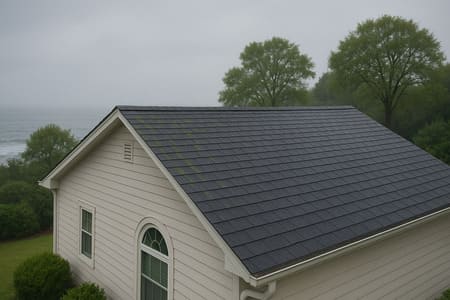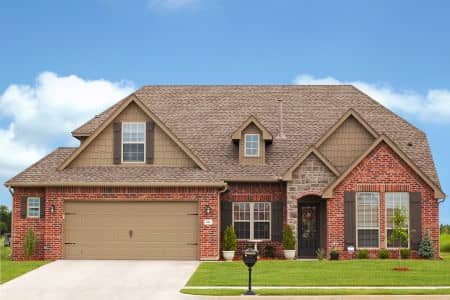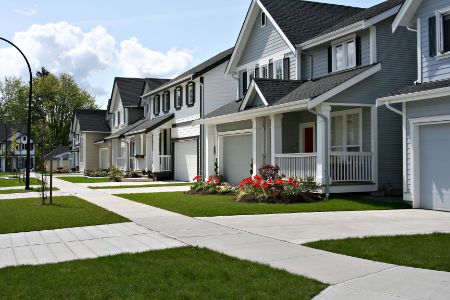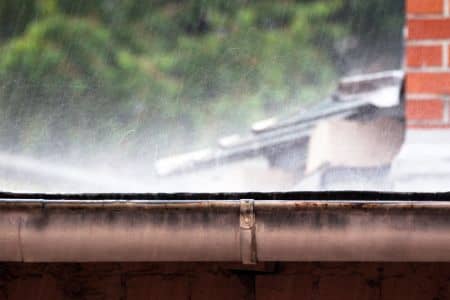Recent Tips and Articles by Weber Power Washing
The Importance of Regular Roof Cleaning in Humid Coastal Climates
Living near the coast comes with its fair share of perks-stunning ocean views, salty breezes, and a laid-back lifestyle. However, for homeowners in humid coastal areas like Wilmington, these benefits also come with unique challenges. The persistent humidity and salty air create a perfect breeding ground […]
Read Full ArticleThe Importance of Trustworthy House Washing
When it comes to maintaining the appearance and longevity of your home, trustworthy house washing is essential. Your home is likely one of your most significant investments, and ensuring it stays clean and well-maintained requires more than just basic care. Trustworthy house washing goes beyond removing […]
Read Full ArticleExpert Commercial Pressure Washing for Improved Businesses
Maintaining a clean and professional appearance is essential for any business, and one of the most effective ways to achieve this is through expert commercial pressure washing. A clean exterior not only enhances your business's curb appeal but also creates a welcoming environment for customers and […]
Read Full Article4 Ways Professional Driveway Washing Benefits You
Maintaining your driveway might not always be at the top of your to-do list, but professional driveway washing can make a significant difference in the appearance and longevity of your property. As a dedicated homeowner, you understand the importance of curb appeal and protecting your investments. […]
Read Full Article3 Reasons Fall Is The Most Important Time For Gutter Cleaning
When it comes down to it, many homeowners out there don't realize how important their gutters are to the overall function of their roof. One of the best ways to ensure that your gutters stay in the best condition possible is to call in a pressure […]
Read Full ArticleProtect Your Investments With Our Pressure Washing Specialists In Wilmington!




